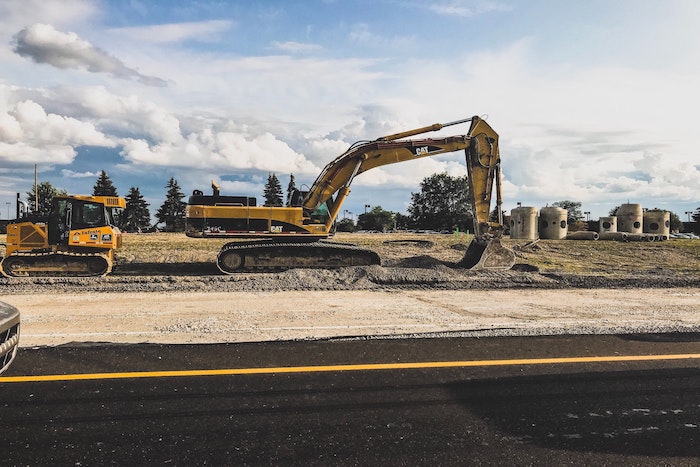
Between January and October of 2021, 79,289 vacant lots were sold in the 100 largest U.S. metro areas, highlighting a 32.4% increase from the same time period in 2020, according to Realtor.com. For those looking to invest in a vacant lot (also known as ‘raw land’), the thought of going on to develop the site can be daunting, especially for those who have never taken on such a large project before. From the value in planning ahead to the importance of flexibility as well as the concerns involved with clearing land, here’s what you should keep in mind before buying.
Doing the research beforehand
Aside from choosing raw land that aligns with your goals for the land itself, HowStuffWorks notes that it’s essential to be prepared for a variety of potential problems. “Buried toxic waste in leaking underground storage tanks, old wells and septic systems, underground pipes and cemeteries are all potential problems,” notes the article, which further goes on to point out that even large underground boulders can hinder any development plans (such as if you plan on building a basement in addition to a house on the land). By learning as much as you can about the property, you can ensure that you’re well informed — and prepared — to handle the work involved. HowStuffWorks also mentions that checking whether the property lies within a flood zone, as well as checking with the area government for any unknown moratoriums relating to the land are additional things to research.
Land clearing concerns
Whether you’re thinking about investing in a large plot of land or you’ve already purchased one, clearing the land may become a necessity in order to carry out your plans. It’s important to note that land clearing is not a simple project by any means, especially if you have a large area that needs to be cleared. In regard to tree removal, The Spruce notes that in addition to checking with your local permitting agency (as you may need to secure a permit to remove a tree), you’ll also need to have the right safety gear and tools for the job (in addition to working with a partner). While cutting down a tree on one’s own is possible, it’s important to keep in mind that doing so is dangerous work — especially if you don’t have experience, the right tools/gear, or anyone to help. That said, enlisting a professional tree removal service can be a great way to ensure that the job is done in a safe and proper manner, especially if you happen to have multiple stumps or trees that need to be removed.
Understanding the time involved
When looking to develop a piece of land, it’s important to remain flexible when it comes to how long the project will take from start to finish. For those looking to build a residential home on the property, for instance, one U.S. News post notes that “From start to finish, you could buy land and have a home built on it in about six months if there are no delays and ideal weather.” However, it’s important to keep in mind that delays can be time consuming, especially when taking into account the number of professionals that are likely to be involved (such as an architect for home building, land clearing professionals, etc.). The same post points out “If a major change is required before construction can start on the property, like a zoning change or making utilities available, the timeline is more dependent on the municipality or county. In some cases, it can take years to get a zoning change approved by the necessary planning board.” U.S. News notes that checking the zoning in addition to other details regarding the property (such as the grade and soil quality) beforehand is always a great consideration to keep in mind before purchasing.
Investing in and going on to develop a vacant lot can be stressful. However, by doing your research before jumping in, you can better prepare and know what to expect.
